Modern Love is Automatic
Automotive pundits in these parts have lauded the new Audi DSG (Direct Shift Gearbox) as if it was the Second Coming of Dr. Ferry Porsche himself. In reality, the "dual clutch" design has long been discredited amongst most modern automobile engineers. Don't get me wrong. BorgWarner and The Volkswagen Group have created a truly impressive version of a 50-year-old concept. But the dual clutch transmission is still nothing more than a wonderful toy, a mechanically elaborate dead end.
Like many other European carmakers, VW is still trying to make a manual transmission shift for itself. Their method: use two clutches, allow the unused gear to overrun (or freewheel), then switch between the two clutches to engage the various gears. It's certainly clever, and modern electronic controls should make it both reliable and user-friendly. But what's the point? The whole concept of a changing gears– whether by hand, solenoid, piston or rubber band– is a concept that should have died with the carburetor.
Paddle shifters– and all the other excuses for avoiding a true automatic transmission– remain a simple matter of stirring gears around in a box, like cars did nearly a century ago. The only difference between DSG and ye olde stick shift is how the gears are stirred. Hudson, Cord, Reo and others tried to make a manual gearbox shift by itself. None of these ideas were successful because the basic gearbox just didn't lend itself to the task. In fact, Audi's DSG traces its roots to the 60-year-old Chrysler transmission: the M-6. Chrysler developed the concept of overrunning gears, and almost made it work.
The Chrysler M-6 was essentially a four-speed manual box with some of the gears mounted on overrunning clutches, so that they were free to rotate on their shafts in one direction. The M-6 allowed a second gear to be engaged without disengaging the previous gear. Chrysler used a combination of electrical solenoids to move the gears, controlled by a simple hydraulic system. Linkages to the carburetor told the transmission how hard the engine was working, so that the transmission could time its shifts accordingly. But without electronic controls, the M-6's gear changes were usually accompanied by a resounding 'clunk.' It didn't help that Chrysler used an odd gear selection schedule inside the transmission, with low gear seldom used.
The moment the super-smooth Hydra-matic transmission debuted, the M-6 was dead in the water. By 1954, Chrysler came out with their own version of a modern automatic transmission, using a torque converter and a set of planetary gears. Shortly afterward, Chrysler used the overrunning gear principle in their legendary Torqueflite transmission, which engaged second gear without releasing first. Engagement could be precisely timed and calibrated. Drag racers loved it; with a little tinkering, Chryslers would chirp their rear tires on the 1-2 shift. In 1964, the Turbo Hydra-matic 400 used the overrunning gear principle on all three gears. Freed of the problems of timing multiple gear change operations, the transmission was calibrated to the engine, car and driver rather than its own internal needs.
Again, it's this 50-year-old overrunning gear principle that allows the Audi transmission to work as well as it does. Given the level of engineering ability at The Volkswagen Group, why didn't they apply it to the development of a truly modern automatic transmission? Ideally, an improved automatic transmission would keep the engine close to an ideal rpm range for the speed, load and performance of the car. It would accomplish this task with as little lost power as possible and not interfere with the driver's ability to drive. At the risk of reigniting the flame campaign against automatics, the world's best paddle shift system is still a distraction, asking drivers to worry about gear selection when monitoring direction, traffic, available grip and speed should be their paramount priority.
There are still many ways transmission design could be improved. Modern engineering tools allow better analysis of geartrains than ever before, and offer the opportunity to reduce friction and noise, as well as hydraulic pumping losses inside the gearbox. Electronic operating controls could be more adaptive; making the transmission fit the driver rather than the other way 'round. The possibility of using more than one stator in the torque converter could tailor the converter's torque multiplication more closely to the vehicle characteristics. And, now that every maker has their own transmission fluid, perhaps VW/Audi could develop an innovative new compound that would reduce hydraulic losses inside a torque converter.
Any of the above would impress me more than a perfect paddle shift, and change the lives of millions of 'average' motorists. Hashing over an outdated and discredited concept just to avoid a true automatic transmission is still, when the day is over, a waste of time.
More by Bob Elton
Latest Car Reviews
Read moreLatest Product Reviews
Read moreRecent Comments
- Kwik_Shift_Pro4X I fell asleep looking at that image.
- Verbal Rented a Malibu a while back. It was fine, if a bit gutless.I get that Detroit wants to go all-in on high profit margin SUVs and blinged-out MAGA trucks. Everyone has known for decades that they can't compete on price in the affordable sedan space. So now all of Detroit's sedans are gone except for a couple of Cadillac models.But you'd think that just one of the domestic brands could produce a fun, competitive and affordable sedan. Just one? Please? Anyone? Bueller?
- 3-On-The-Tree I wouldn’t even use Ford as a hearse for fear of being late to my party.
- SCE to AUX Norway is in Europe, and Tesla is an American automaker - no problems there.I wouldn't use Ford as the bellwether.https://www.reuters.com/business/autos-transportation/tesla-extends-lead-norway-evs-take-record-82-market-share-2024-01-02/https://elbil.no/english/norwegian-ev-policy/
- Steve Biro If the U.S. government wants to talk about banning all connected cars - or at least the collection and sharing of information from said vehicles - I’m all ears. Otherwise, don’t waste my time.



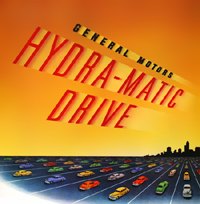















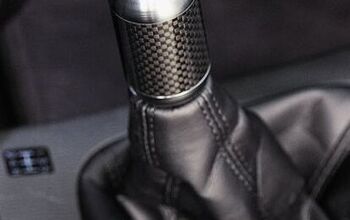
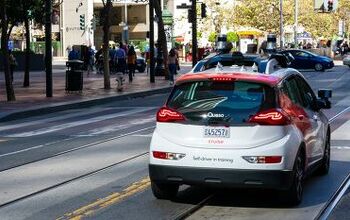
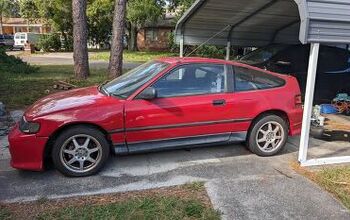
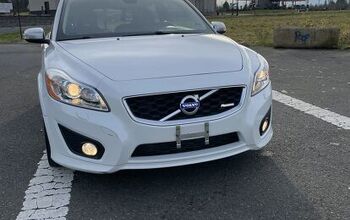

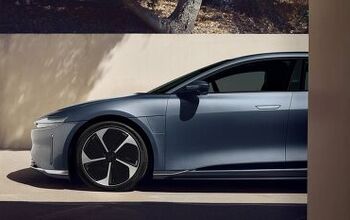
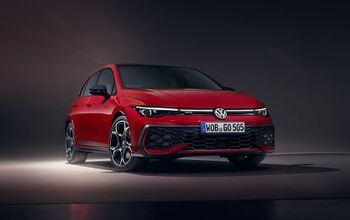
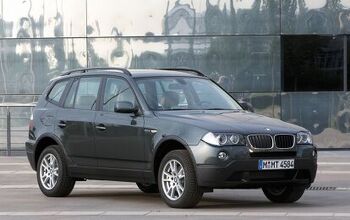
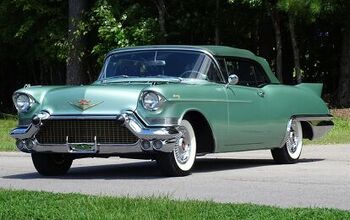
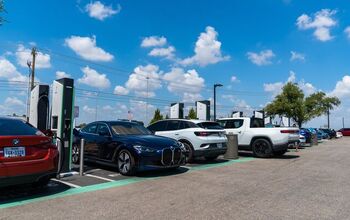
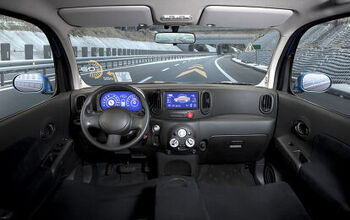
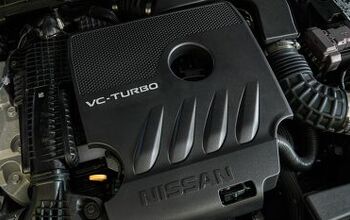
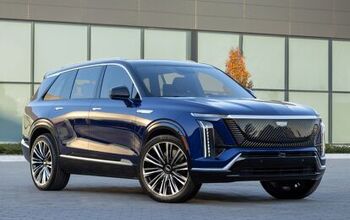
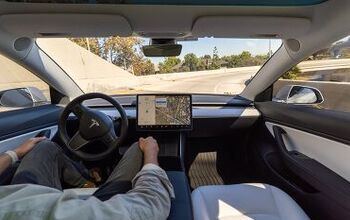
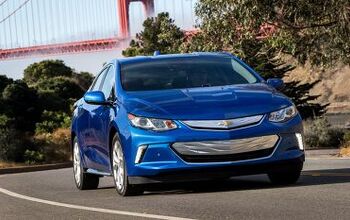
Comments
Join the conversation